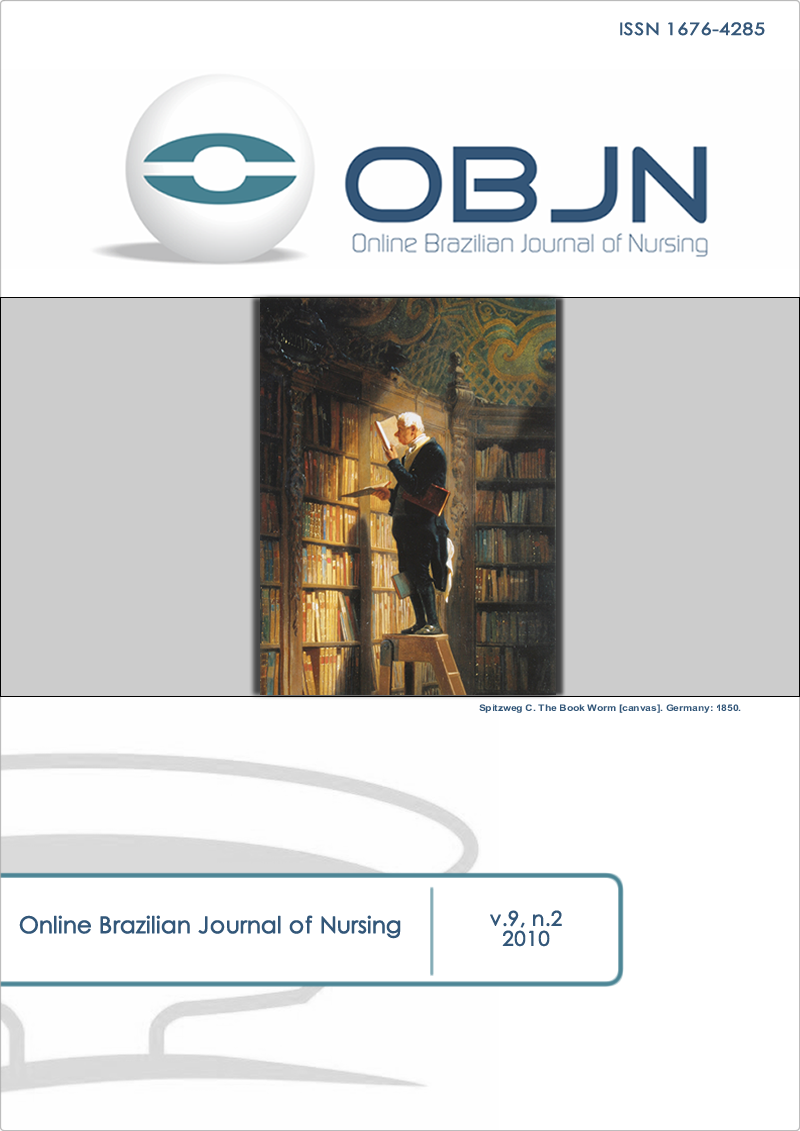Resumo
<!-- /* Font Definitions */ @font-face {font-family:Verdana; panose-1:2 11 6 4 3 5 4 4 2 4; mso-font-charset:0; mso-generic-font-family:swiss; mso-font-pitch:variable; mso-font-signature:536871559 0 0 0 415 0;} /* Style Definitions */ p.MsoNormal, li.MsoNormal, div.MsoNormal {mso-style-parent:""; margin:0cm; margin-bottom:.0001pt; mso-pagination:widow-orphan; mso-hyphenate:none; font-size:12.0pt; font-family:"Times New Roman"; mso-fareast-font-family:"Times New Roman"; mso-fareast-language:AR-SA;} @page Section1 {size:612.0pt 792.0pt; margin:70.85pt 3.0cm 70.85pt 3.0cm; mso-header-margin:36.0pt; mso-footer-margin:36.0pt; mso-paper-source:0;} div.Section1 {page:Section1;} -->The importance of premature detection of HIV in pregants lies in the fact that vertical transmission is the main source of infection in infants. The present study aims to verify the frequency and the result of the fast test for the detention of HIV in women in labor of a Municipal Maternity of Fortaleza. Descriptive, documentary and retrospective study with quantitative approach held in the District Hospital Gonzaga Mota. The data was collected during October of 2007 the March of 2008. The sample was selected according to the systematization of the registered material of the obstetric center concerning the accomplishment of the fast test and consisted of all the women who took the test form October of 2003 to March of 2008. The data were systemized according to a structured script and analyzed through the program SPSS 15.0. 4283 parturients were submitted to the fast test, in which 18 (0.42%) were positive, and it was observed a greater percentile of the infection in women between the ages of 25 to 35 (6; 0,14%). It may be highlighted that a great number of parturients were not tested for HIV during the prenatal care. So, this shows that the value of the fast test in the delivery room is unquestionable, filling a gap left by prenatal assistance and making possible the implementation of prophylactic measures as premature as possible, in order to reduce the infant’s possible infection.

